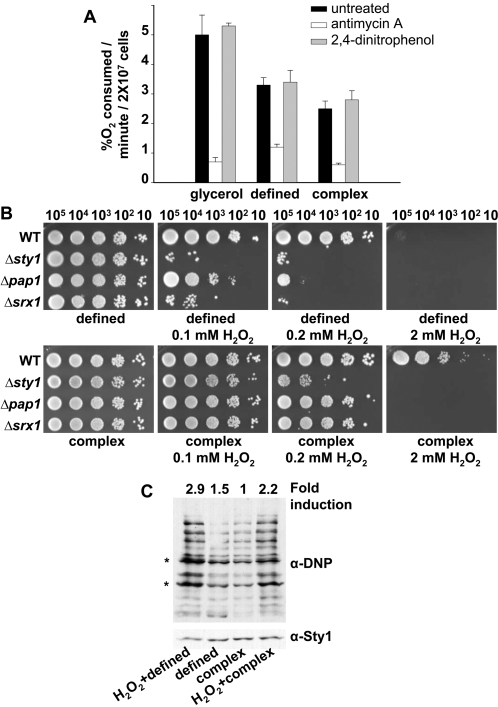Figure 1. Respiratory rates, intracellular ROS levels and ROS-mediated intrinsic oxidative stress depend on the type of growth media.
(A) Oxygen consumption of S. pombe cells grown in different growth media. Wild-type strain 972 was grown on glycerol (defined medium with 2% glycerol and 0.2% glucose) (glycerol), defined medium (contains 2% glucose) (defined), and complex medium (contains 3% glucose) (complex), in the presence or absence of the mitochondrial inhibitors antimycin A or 2,4-dinitrophenol. Error bars of this figure represent the standard error measurement (SEM) of three replicates. (B) Survival of different strains in response to H2O2 exposure in defined vs. complex media plates. Strains 972 (WT), AV18 (Δsty1), AV25 (Δpap1), and EA38 (Δsrx1) were grown in defined media, and the indicated number of cells were spotted onto defined or complex media plates with or without H2O2 at the indicated concentrations. (C) Protein carbonylation generated during growth in defined and complex media. Wild-type strain 972 was grown aerobically in defined or complex media, and cells were collected before or after treatment for 30 min with 2 mM H2O2 at an OD600 of 0.5. Protein carbonylation was detected by reaction of carbonyl groups with DNPH, followed by SDS-PAGE and Western blot analysis by using anti-DNP (α-DNP, top panel) or anti-Sty1 antibodies as a loading control (α-Sty1, bottom panel). Fold induction numbers, obtained from the same blots, are the ratio of the absolute scan numbers for the indicated bands (*) and the corresponding amount of Sty1, and they relate to the values of the growth in complex medium. Similar results were obtained from 7 independent experiments.

